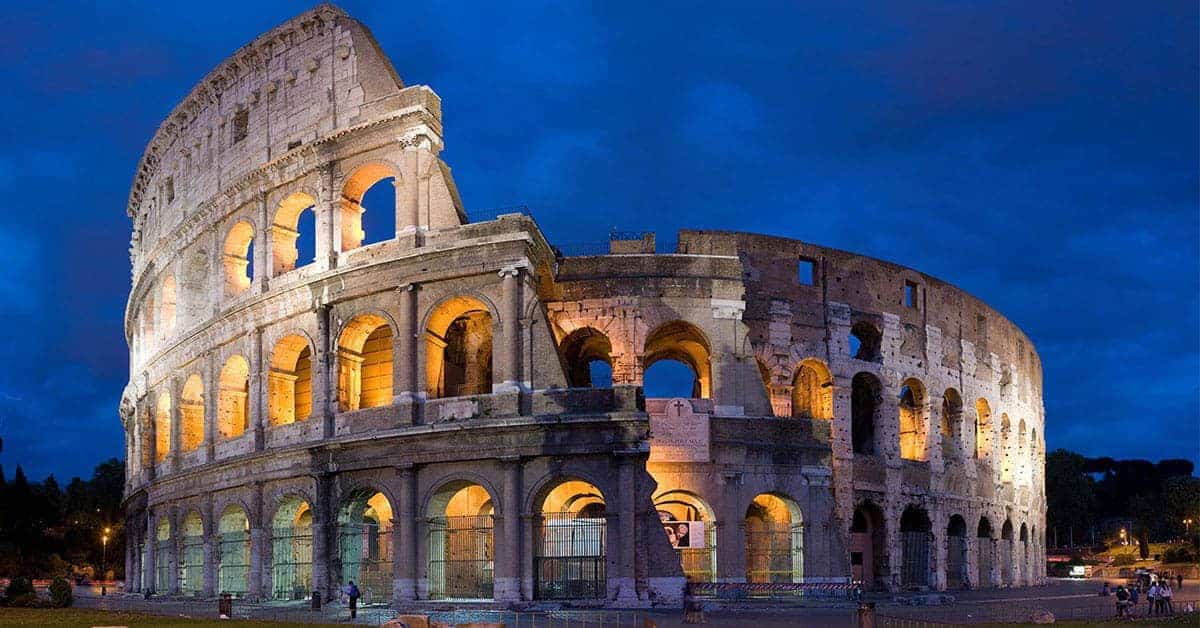In Rome’s historic center there are two sites in particular that preserve the Eternal City’s incredible past: the Roman Forum and the Colosseum. Tourists flock to the Forum to wander among the (especially ruined) ruins of the temples, basilicas and official buildings that made up the beating heart at the center of Rome’s empire. Less than five minutes down the road, tourists line up for the Colosseum; marveling, once inside, at the architectural wonders around them and reflecting on the brutality of the slaughter that took place below. What few people know, however, is that at the entrance to the Forum, the Romans left us the story of how they built the Colosseum.
The modern site of the Forum begins at the top of the Via Sacra, ancient Rome’s main road stretching from the Colosseum to the Capitoline Hill and cutting through the Roman Forum. It was along this road that successful generals returning from war would celebrate their triumphs: riding in a chariot with their faces painted red and a slave whispering in their ear to remind them they were only mortal. When you enter the Forum through today’s entrance, the first stop is a large arch—the Arch of Titus. Built-in 82 AD by the emperor Domitian, it commemorated the conquest of Jerusalem in 70 AD by Domitian’s recently deceased brother Titus.

Most tourists congregate outside the arch to take their holiday snaps and selfies, but the real rewards are hidden within. Stand under the entrance and look at the walls on either side and you’ll see two incredible reliefs, still remarkably preserved after nearly 2,000 years. The one on the right shows Titus’s army marching along the Via Sacra during their general’s triumph of 71 AD. Titus rides behind his men in a chariot, flanked by the goddess of victory (winged because victory is fleeting). Not shown on the relief is the enemy leader, Simon bar Giora. Following tradition, the Romans paraded him through the streets during the triumph before having him executed, thrown to his death from the Tarpeian Rock.
The relief on the left shows the triumphant Roman soldiers carrying spoils taken from the Second Temple of Jerusalem. Among the spoils are: the seven-branched candelabrum (or “menorah”)—a centerpiece in Jewish ritual according to Exodus (27:21)—an ark identified by some as the Ark of the Covenant, and the Temple’s Gold Trumpets. How do we know that these are spoils from the Temple? Because the Jews told us themselves, not through their writings or through their spoken histories but through a type of evidence you probably have in your pocket right now: coinage.

